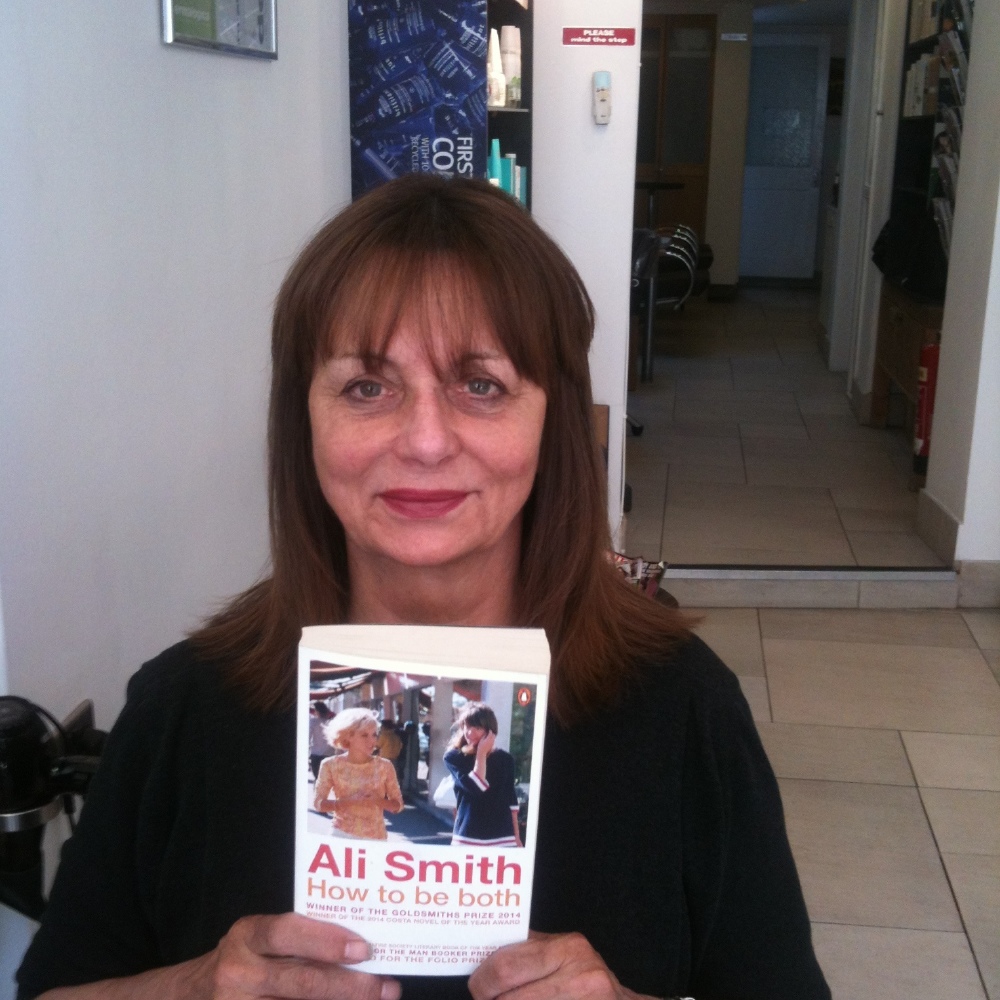#3wordreview: dazzling time travel
One half of the printed editions of How to Be Both begin with a section set in contemporary Britain. Grieving for his dead mother and craving solace, George watches pornography and visits a painting of St Vincent by Francesco del Cossa hanging in the National Gallery. On their last trip together, George and his mother had been to Italy to see del Cossa's frescos and George feels closer to her in front of it.

Elizabeth Buchan
The other half of the print run opens with Francescho (the inserted 'h' is deliberate) del Cossa himself peering at George through his own painting and questioning why he has been transported to this horseless purgatory far from his paints in medieval Ferrara.
Two stories, then, which twist around each other like a double helix in a novel which can be read in different ways. What is going on?
Francescho offers a clue. Tell a story in more than one way, he says, and 'tell another underneath up-rising through the skin of it'.
What a glorious, daring and multi-layered work results. Ali Smith probes away at the relationship between past and present, the line between the living and the dead and the ambiguities of sexuality and gender. George turns out to Georgia and - in this version at least - Francescho is a woman forced to assume a male identity in order to paint. 'It can't be both,' George argued with her mother when they discussed an androgynous figure in the del Cossa frescos in Ferrara. 'Who says?' was the reply.
Whether conjuring up the precise texture of a wall, the inner turmoil of adolescent turmoil or grief's destructive fall-out, Ali Smith's eloquence, playfulness and humanity never falters. Art is confidence trick, she suggests, but it offers consolation to suffering humanity. Take it.
How to be Both by Ali Smith is shortlisted for the Baileys Women's Prize for Fiction, which is announced on 3rd June. http://www.womensprizeforfiction.co.uk/

